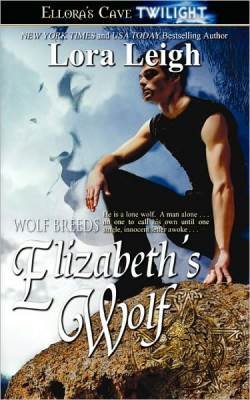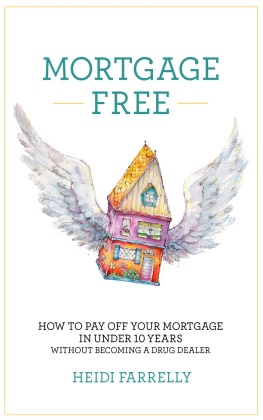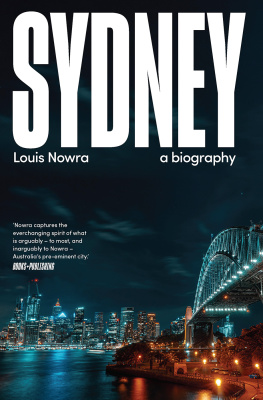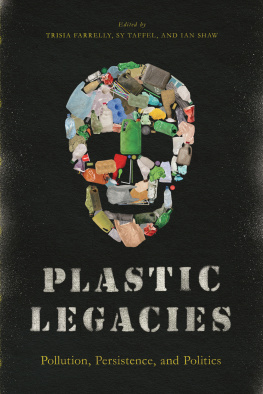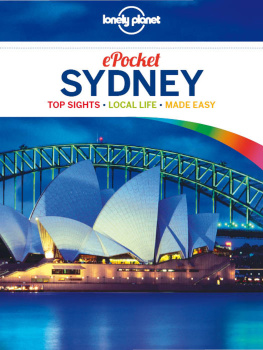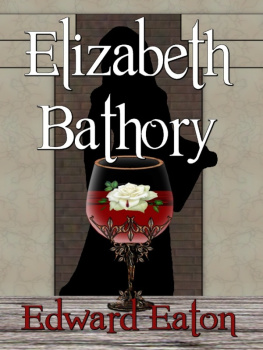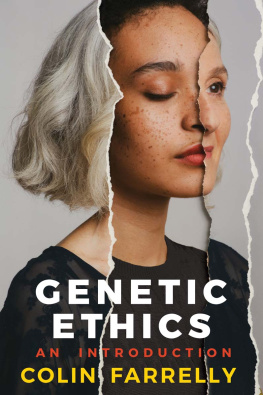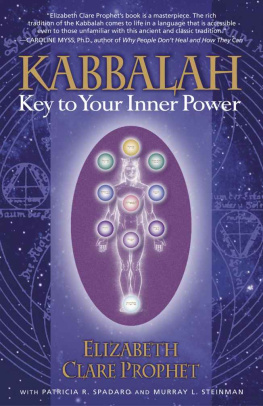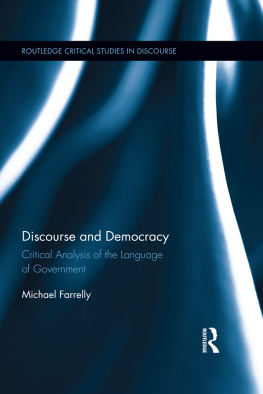Elizabeth Farrelly - Killing Sydney: The Fight for a Citys Soul
Here you can read online Elizabeth Farrelly - Killing Sydney: The Fight for a Citys Soul full text of the book (entire story) in english for free. Download pdf and epub, get meaning, cover and reviews about this ebook. year: 2021, publisher: Pan Macmillan Australia, genre: Romance novel. Description of the work, (preface) as well as reviews are available. Best literature library LitArk.com created for fans of good reading and offers a wide selection of genres:
Romance novel
Science fiction
Adventure
Detective
Science
History
Home and family
Prose
Art
Politics
Computer
Non-fiction
Religion
Business
Children
Humor
Choose a favorite category and find really read worthwhile books. Enjoy immersion in the world of imagination, feel the emotions of the characters or learn something new for yourself, make an fascinating discovery.

- Book:Killing Sydney: The Fight for a Citys Soul
- Author:
- Publisher:Pan Macmillan Australia
- Genre:
- Year:2021
- Rating:5 / 5
- Favourites:Add to favourites
- Your mark:
- 100
- 1
- 2
- 3
- 4
- 5
Killing Sydney: The Fight for a Citys Soul: summary, description and annotation
We offer to read an annotation, description, summary or preface (depends on what the author of the book "Killing Sydney: The Fight for a Citys Soul" wrote himself). If you haven't found the necessary information about the book — write in the comments, we will try to find it.
Killing Sydney: The Fight for a Citys Soul — read online for free the complete book (whole text) full work
Below is the text of the book, divided by pages. System saving the place of the last page read, allows you to conveniently read the book "Killing Sydney: The Fight for a Citys Soul" online for free, without having to search again every time where you left off. Put a bookmark, and you can go to the page where you finished reading at any time.
Font size:
Interval:
Bookmark:
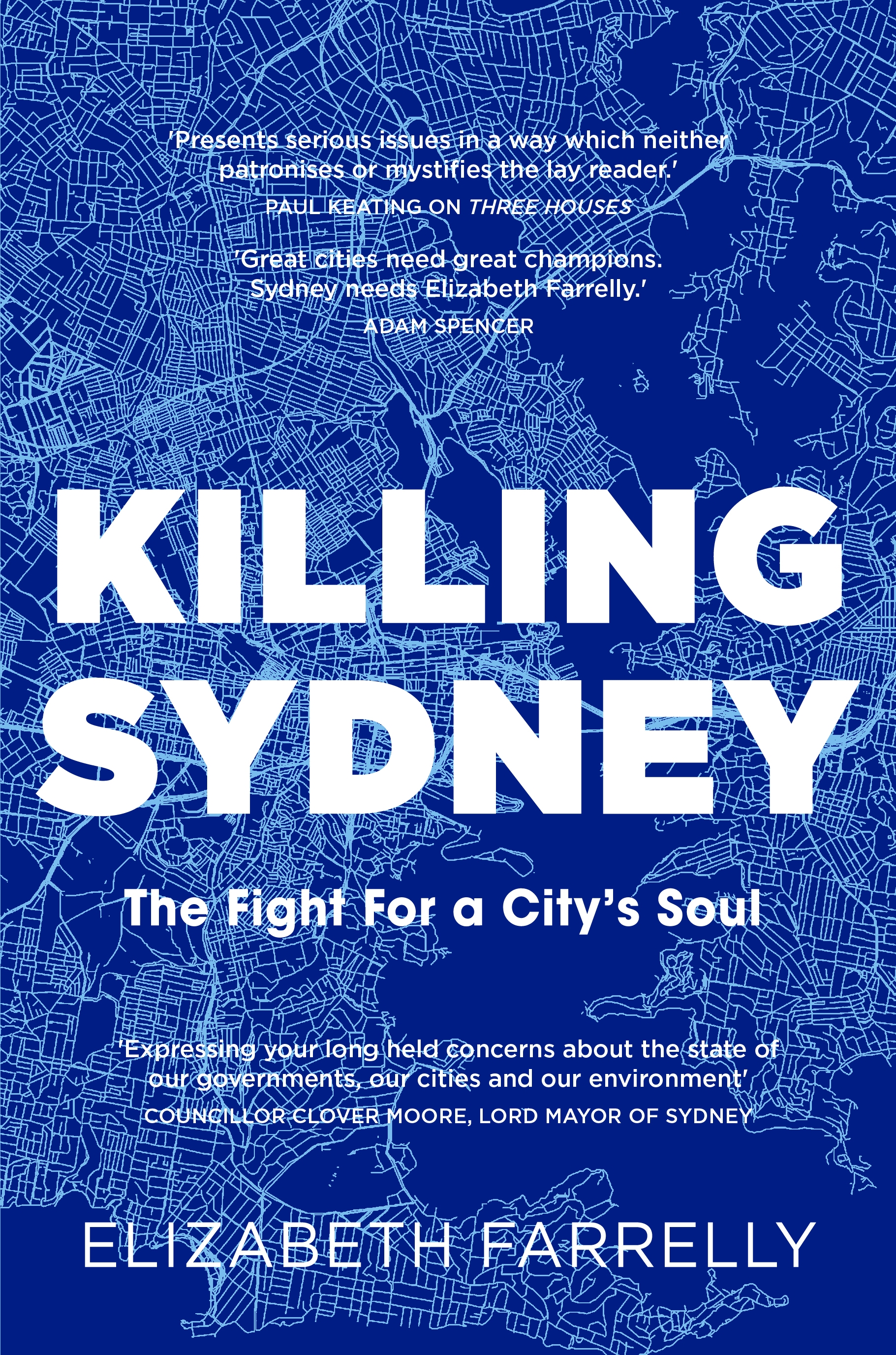
About Elizabeth Farrelly
A blueprint for the future of our city in a radically changing world.
Columnist Elizabeth Farrelly brings her unique perspective as architectural writer and former city councillor to a burning question for our times: how will we live in the future? Can our communities survive pandemic, environmental disaster, overcrowding, government greed and big business?
Using her own adopted city of Sydney, she creates a roadmap for urban living and analyses the history of cities themselves to study why and how we live together, now and into the future.
Killing Sydney is part-lovesong, part-warning: little by little, our politics are becoming debased and our environment degraded. The tipping point is close. Can the home we love survive?
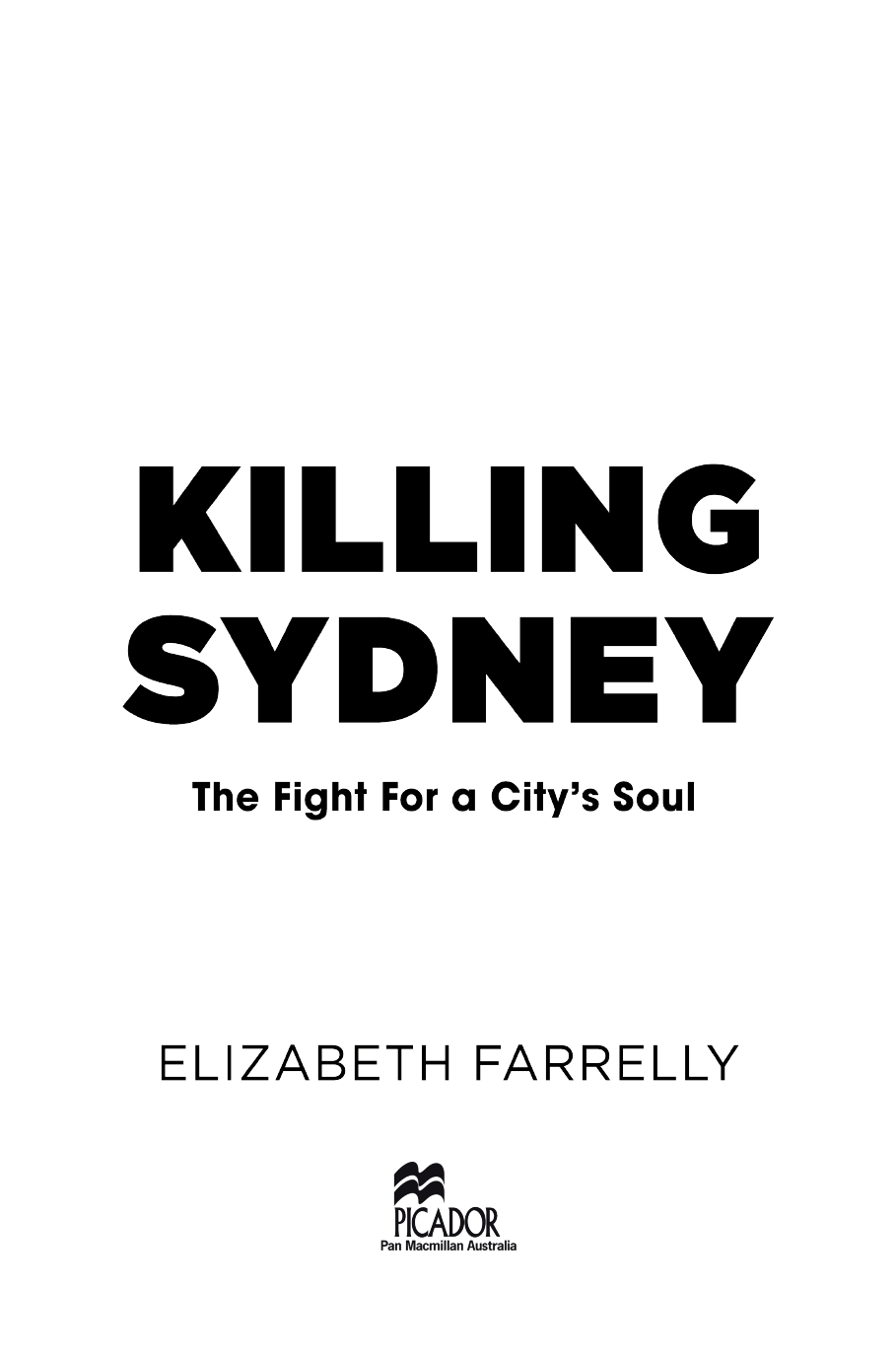
This book is dedicated to everyone who loves Sydney not for its glittering harbour but for its murky, messed-up, mesmerising soul.
CONTENTS
Preface
I can still taste my first breath of Sydney. It was October 1978. I was twenty-one. This place, with its shifting salted air, tangled fabric, voluptuous topography, winding muscular flora and glorious chiaroscuro light, seemed to me the most thrilling, most picturesque, most romantic city on earth.
In a Mini Moke at 2 am, I was driven across Sydney Harbour Bridge by euphoric friends-of-friends. Our hair streamed behind us in the warm air. Above us, uplit bats circled the giant, flapping flag against an indigo sky. I danced in clubs layered like trifle into four-storey glass-backed terraces jammed against giant banana palms and strelitzias. I walked the length of Oxford Street, crusted with its tiny left-bank cafes and boutiques set around leafy courtyards; bespoke jewellers that glittered in the morning and mad milliners that glowed transparent in the dusk. For almost a week I lived in a century-old Balmain share house whose spindly legged balcony hung over the footpath like some snippet of Istanbul.
I loved Sydney deeply, unreservedly and at once. It seemed miraculous to me that such a place existed, combining the crabbiness of old Europe with a South-Pacific sinuosity. I felt I could explore its crannies and its nooks for a lifetime and for much of my life, Ive done exactly that. But now it is all under threat.
Of course, the threat is ever-present and, to some extent, good. Cities must evolve. Buildings crumble, the collective unconscious murmurs and shifts, populations grow. This is life. Partly for that reason newness, like oldness, has its charms. But here the adverbs kick in: the how, the what and the why of building and rebuilding cities. What we build where, how quickly we do it, how big, how beautiful and what its (real) purpose is; these things make all the difference.
Back then, on my first visit to Sydney, I was halfway through my undergrad architecture degree. Seeking a sort of home base (or at least a decent bookshop) I made a pilgrimage as you do to the Australian Institute of Architects headquarters. What I found was much less gemtlich . Forced to jaywalk across eight lanes of heedless North Sydney traffic I found myself bullied by gusty winds in a chasm between towering skyscrapers. The destruction had begun. On the whole, though, Sydney remained miraculously intact.
In part, this was due to the extraordinary Green Bans movement of the 1970s, where Jack Mundey and the Builders Labourers Federation took the unprecedented step of using work bans to protect first Hunters Hill bushland and then inner-city heritage. Perhaps the protests worked, or perhaps Sydney was just too indolent or incompetent to follow through. Either way, Sydney made it through the second half of the twentieth century without completely destroying its inner heartland as many cities did. This fact changed my life.
Ten years after that first entrancing visit I came, with my English partner WB, to Sydney to live. For four of my five years in London, Id been assistant editor at The Architectural Review , so was already more writer than architect. Perhaps it seemed natural that I should write about Sydney. Id been in Sydney only a few weeks when I had a call from one Michael Dickinson. Michael was that rare thing, a literate architect, writer and critic for the now-defunct Sydney Review . He invited me to coffee with him and Graham Jahn, now the Director of City Planning but then a fledgling architect with an interest in civic affairs.
If youre going to be here, you need to write for the Sydney Morning Herald , they told me. Call them and tell them they need you.
It was good advice and I took it. The Herald s arts editor, Peter Cochrane, invited me to send him something and I did embarking upon a fortnightly column in parallel with teaching design studio at three different universities and studying for my own PhD, which included a thesis on Sydneys planning history. Oh, and having a baby.
In the thirty years since excepting a four-year stint as a Councillor for the City of Sydney I have continued to write, mostly for the Herald and often about architecture. I have taught extensively, becoming an Adjunct Associate Professor of Architecture at the University of Sydney and, more recently, Associate Professor (Practice) at the University of New South Wales.
It feels privileged, or maybe just lucky, that throughout that time Ive survived and managed to feed my children, mostly as a freelancer, while always snuggling as close as possible to Sydneys incomparable centre. As a Councillor in the early nineties, Id emerge at the top of the Town Halls worn marble steps after late-night meetings and marvel at this wild, beautiful, sultry, infuriating city. As a twenty-year resident of Redfern Id walk out my own front door and see Centrepoint Tower at the end of the street. It felt somehow daring to be so close to the heart of things. To walk to Chinatown, the Opera House, Parliament House, two universities, four pools and half a dozen different movie houses felt odd, but also exhilarating. Like the Surry Hills terraces with bedrooms right on the street, and like our flat in Fulham, with only a sheet of glass between our bed and the street, this sense of proximity always gave me a thrill. Occasionally, in spring or summer, the mornings would be flavoured with smoke, the exotic aroma of burning eucalypts. Back-burning, theyd say wisely. To me that reminder of a vast, untamed continent at our back just intensified the exhilaration of city.
Endlessly, therefore, on foot and by push-bike, I have explored Sydneys lanes and precincts. I have gathered its stories and joined its protests, met its developers and architects, interviewed its leaders. I have walked its streets through all hours of night and day, frequented its bars and coffee houses, studied its history, adored its textures and learned its pattern as if its venous system were my own, its blood my blood. So, yes, I feel protective.
Sometimes I feel about Sydney the way I reckon French post-Impressionist painter Paul Gauguin must have felt about Tahiti that the immigrants eye brings a capacity to love that locals may not possess. And still I love this town. Ive tried to leave for other cities, or for the country. Sydney is shallow compared with Melbourne, crass compared with Adelaide and flint-eyed compared with Brisbane, yet still it has a messed-up beauty that entrances me every time. I sometimes think its like loving a narcissist every time you think youve really, at last, had enough, it siren-calls you back into its seductive aura.
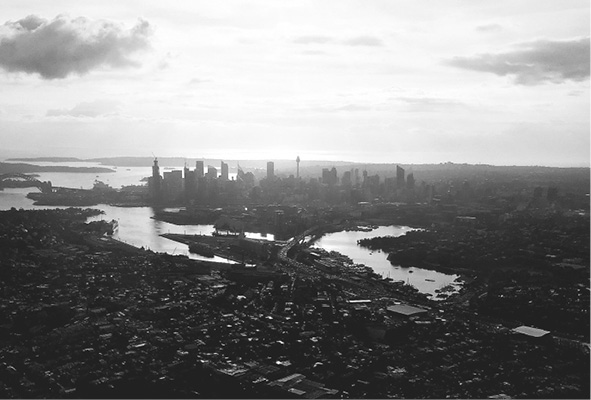
Font size:
Interval:
Bookmark:
Similar books «Killing Sydney: The Fight for a Citys Soul»
Look at similar books to Killing Sydney: The Fight for a Citys Soul. We have selected literature similar in name and meaning in the hope of providing readers with more options to find new, interesting, not yet read works.
Discussion, reviews of the book Killing Sydney: The Fight for a Citys Soul and just readers' own opinions. Leave your comments, write what you think about the work, its meaning or the main characters. Specify what exactly you liked and what you didn't like, and why you think so.

